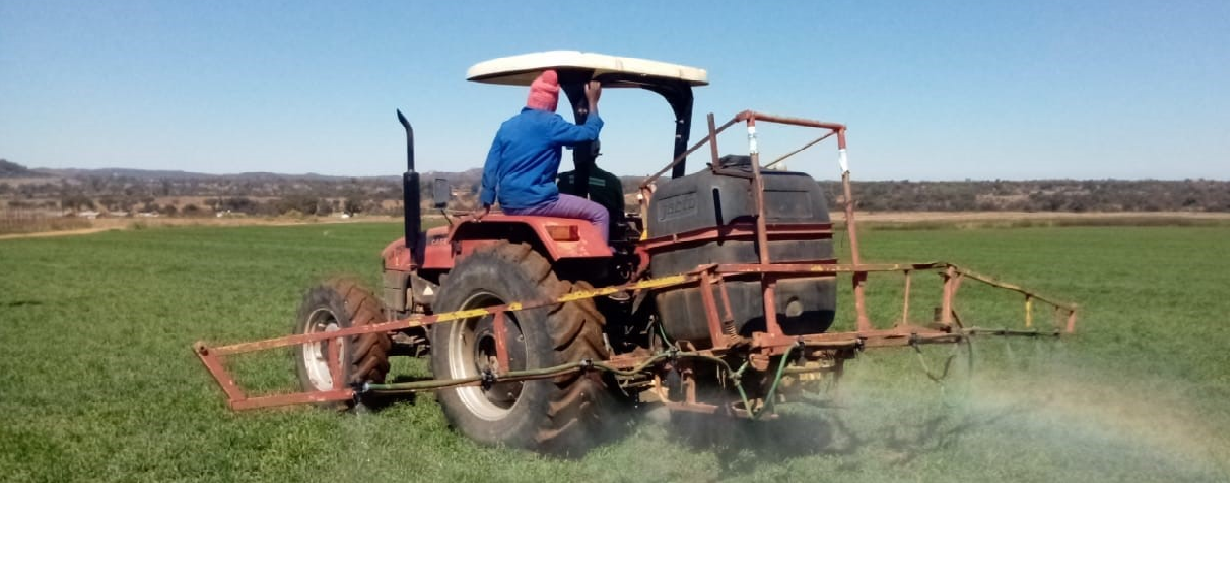

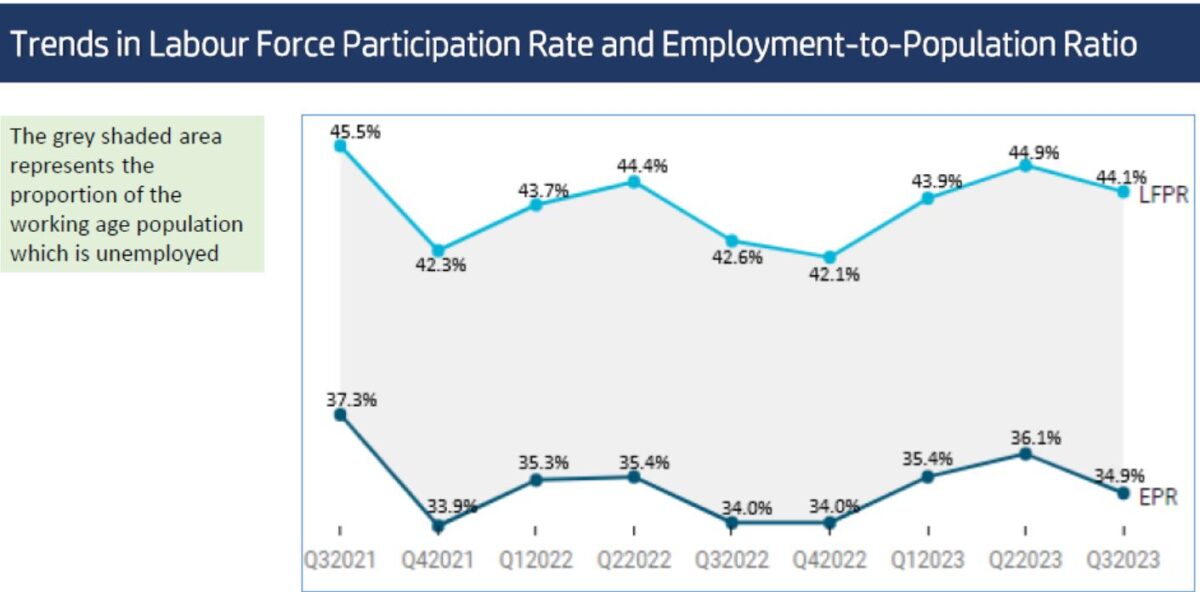
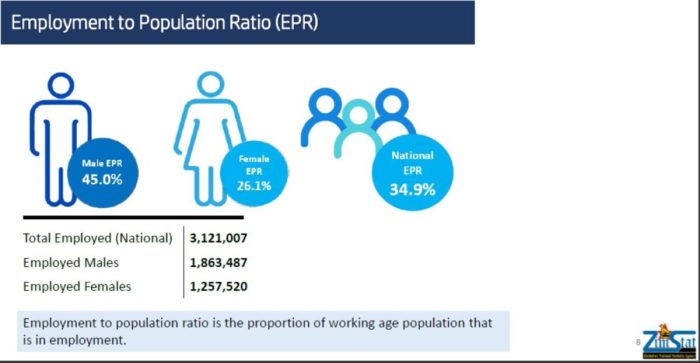
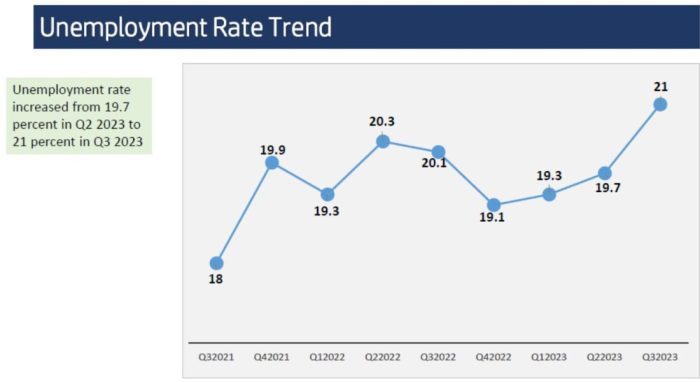
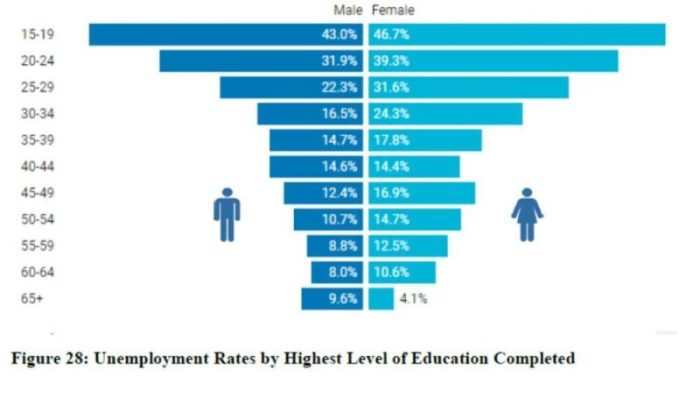
ZIMSTAT operations are spread over five divisions, four of which are responsible for producing specific statistics while the fifth division provides administrative and technical support to the other four. These divisions are: the Population Census and Surveys, Social Statistics, Income Analysis, Production Statistics and Corporate Services divisions.

